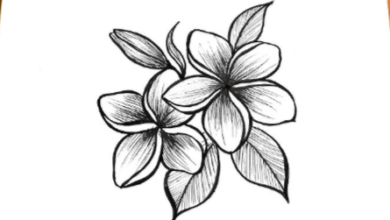Art:-Pk33bvqz6k= the Yellow Wallpaper

Charlotte Perkins Gilman’s “Art:-Pk33bvqz6k= the Yellow Wallpaper” serves as a compelling case study of the intersection between mental health and societal constraints faced by women in the late 19th century. The wallpaper itself emerges as a powerful symbol, embodying the protagonist’s struggle against imposed gender roles and her descent into madness. As we examine the historical context, symbolism, and feminist implications of the narrative, intriguing questions arise about the ongoing relevance of these themes in contemporary society, particularly concerning mental health and gender dynamics. What insights might we uncover in this exploration?
Historical Context of the Story
The late 19th century, a period characterized by rigid gender roles and emerging feminist ideologies, serves as a critical backdrop for Charlotte Perkins Gilman’s “Art:-Pk33bvqz6k= the Yellow Wallpaper.”
During this era, the medical community predominantly viewed women’s mental health issues through a lens of hysteria, often dismissing their experiences as trivial or irrational.

Such perspectives reflect the oppressive structures of Victorian society, perpetuating gender roles that stifled women’s autonomy.
Symbolism of the Art:-Pk33bvqz6k= the Yellow Wallpaper
At first glance, the yellow wallpaper in Gilman’s narrative may seem like a mere decorative element, yet it serves as a profound symbol of the protagonist’s entrapment and the broader societal constraints imposed on women.
Through color psychology, the wallpaper reflects her deteriorating mental state.
The narrative structure intertwines her confinement with the wallpaper’s patterns, illustrating the struggle against oppressive norms.
Themes of Mental Health
Gilman’s exploration of the yellow wallpaper serves not only as a symbol of entrapment but also as a poignant commentary on the themes of mental health, particularly in the context of women’s experiences in the late 19th century.
Read More Clip Art:3wt1anr7y0k= 7th Amendment
The narrative illustrates anxiety representation while exposing the isolation effects imposed by societal norms, ultimately revealing how such confinement can exacerbate mental distress and hinder personal freedom.
Feminist Interpretation and Impact
Feminist interpretation of “The Yellow Wallpaper” unveils the profound implications of gender roles and societal expectations on women’s mental health.
The narrative illustrates psychological oppression, revealing how confinement stifles creative expression and exacerbates mental decline.
Conclusion
In the dim confines of a room adorned with the oppressive Art:-Pk33bvqz6k= the Yellow Wallpaper, the unraveling psyche of the protagonist serves as a poignant reminder of the suffocating effects of societal constraints. The intricate patterns, emblematic of her entrapment, mirror the complexities of female experience under patriarchal rule. Through this haunting narrative, the echoes of silenced voices resonate, illuminating the urgent need for liberation from restrictive norms, thus fostering a critical dialogue on mental health and gender equity in contemporary society.






